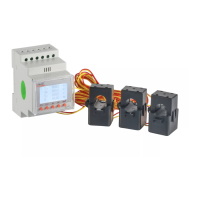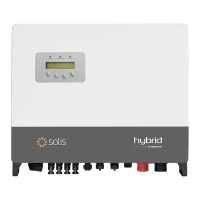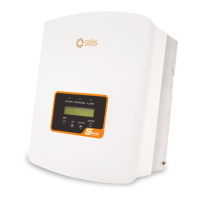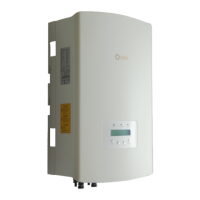What to do for AC side transient overcurrent on SOLIS RHI-5G Inverter?
- PPeter FrostSep 3, 2025
If your SOLIS Inverter is experiencing an AC side transient overcurrent, try restarting the inverter. If the problem continues, it may require a return-factory repair.










